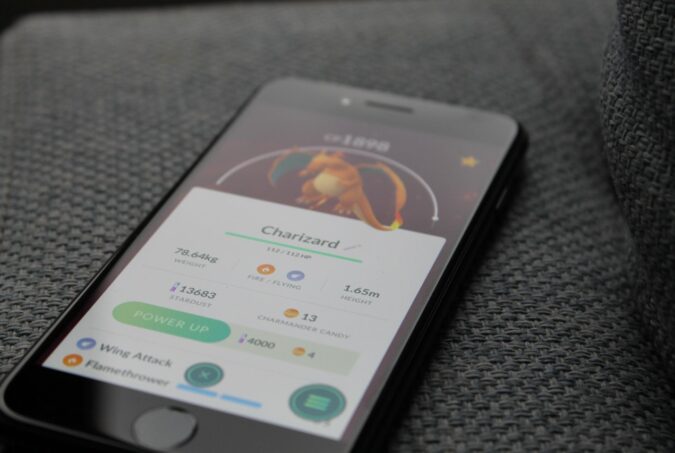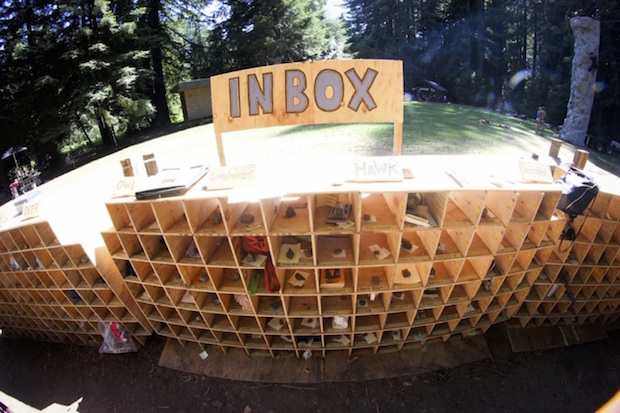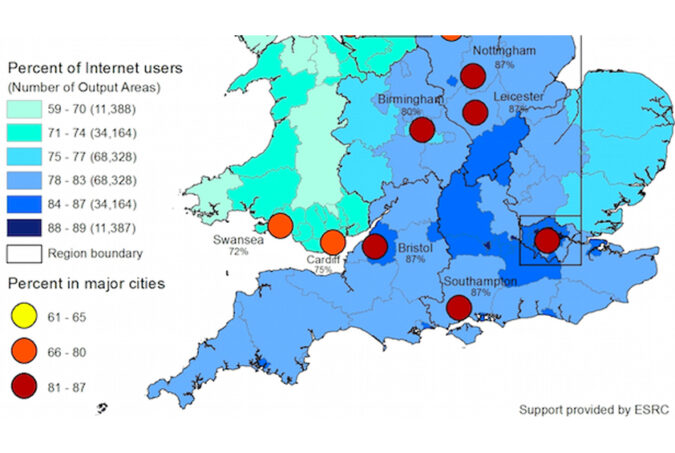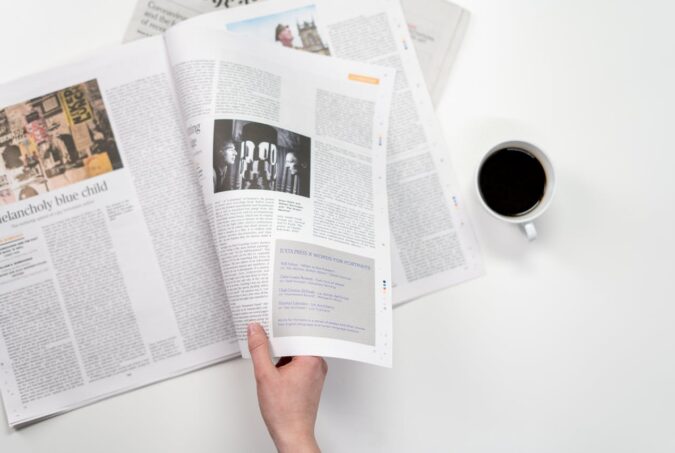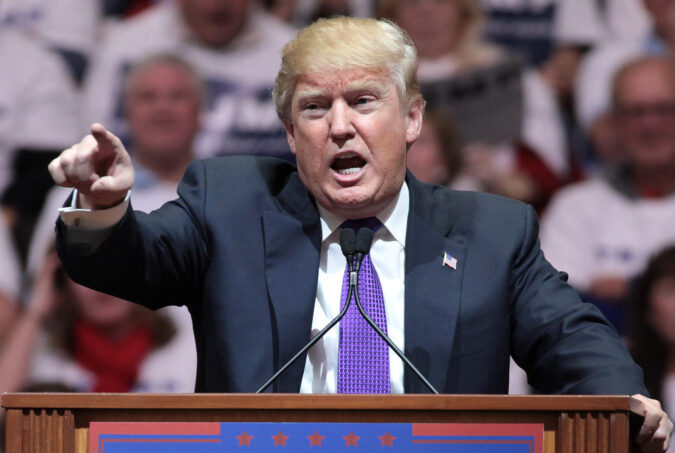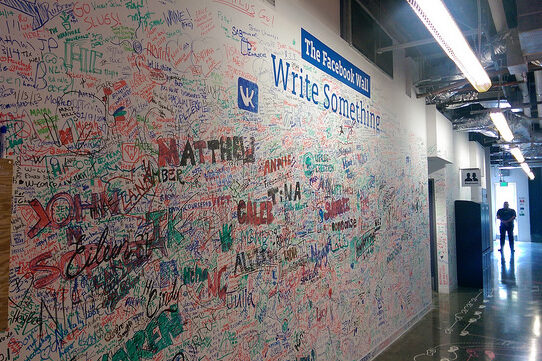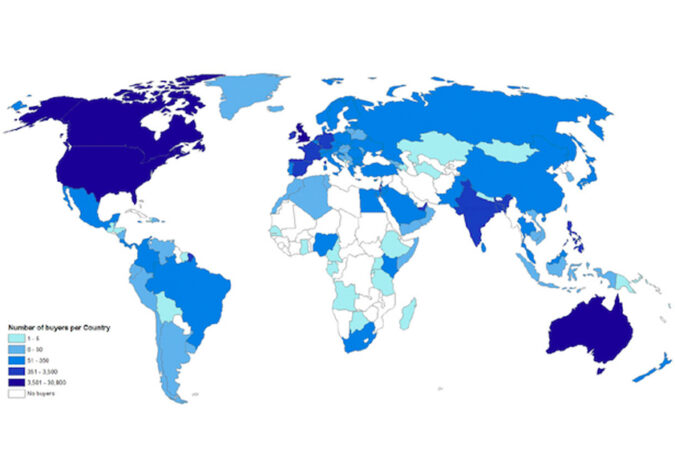
There are imbalances in the relationship between supply and demand of digital work, with the vast majority of buyers located in high-income countries (pictured). See full article for details.
As David Harvey famously noted, workers are unavoidably place-based because “labour-power has to go home every night.” But the widespread use of the Internet has changed much of that. The confluence of rapidly spreading digital connectivity, skilled but under-employed workers, the existence of international markets for labour, and the ongoing search for new outsourcing destinations, has resulted in organisational, technological, and spatial fixes for virtual production networks of services and money. Clients, bosses, workers, and users of the end-products of work can all now be located in different corners of the planet. A new article by Mark Graham, Isis Hjorth and Vili Lehdonvirta, “Digital labour and development: impacts of global digital labour platforms and the gig economy on worker livelihoods”, published in Transfer, discusses the implications of the spatial unfixing of work for workers in some of the world’s economic margins, and reflects on some of the key benefits and costs associated with these new digital regimes of work. Drawing on a multi-year study with digital workers in Sub-Saharan Africa and South-east Asia, it highlights four key concerns for workers: bargaining power, economic inclusion, intermediated value chains, and upgrading. As ever more policy-makers, governments and organisations turn to the gig economy and digital labour as an economic development strategy to bring jobs to places that need them, it is important to understand how this might influence the livelihoods of workers. The authors show that although there are important and tangible benefits for a range of workers, there are also a range of risks and costs that could negatively affect the livelihoods of digital workers. They conclude with a discussion of four broad strategies – certification schemes, organising digital workers, regulatory strategies and democratic control of online labour platforms—that could improve conditions and livelihoods for digital workers. We caught up with the authors to explore the implications of the study: Ed.: Shouldn’t increased digitisation of work also increase transparency (i.e. tracking,…


